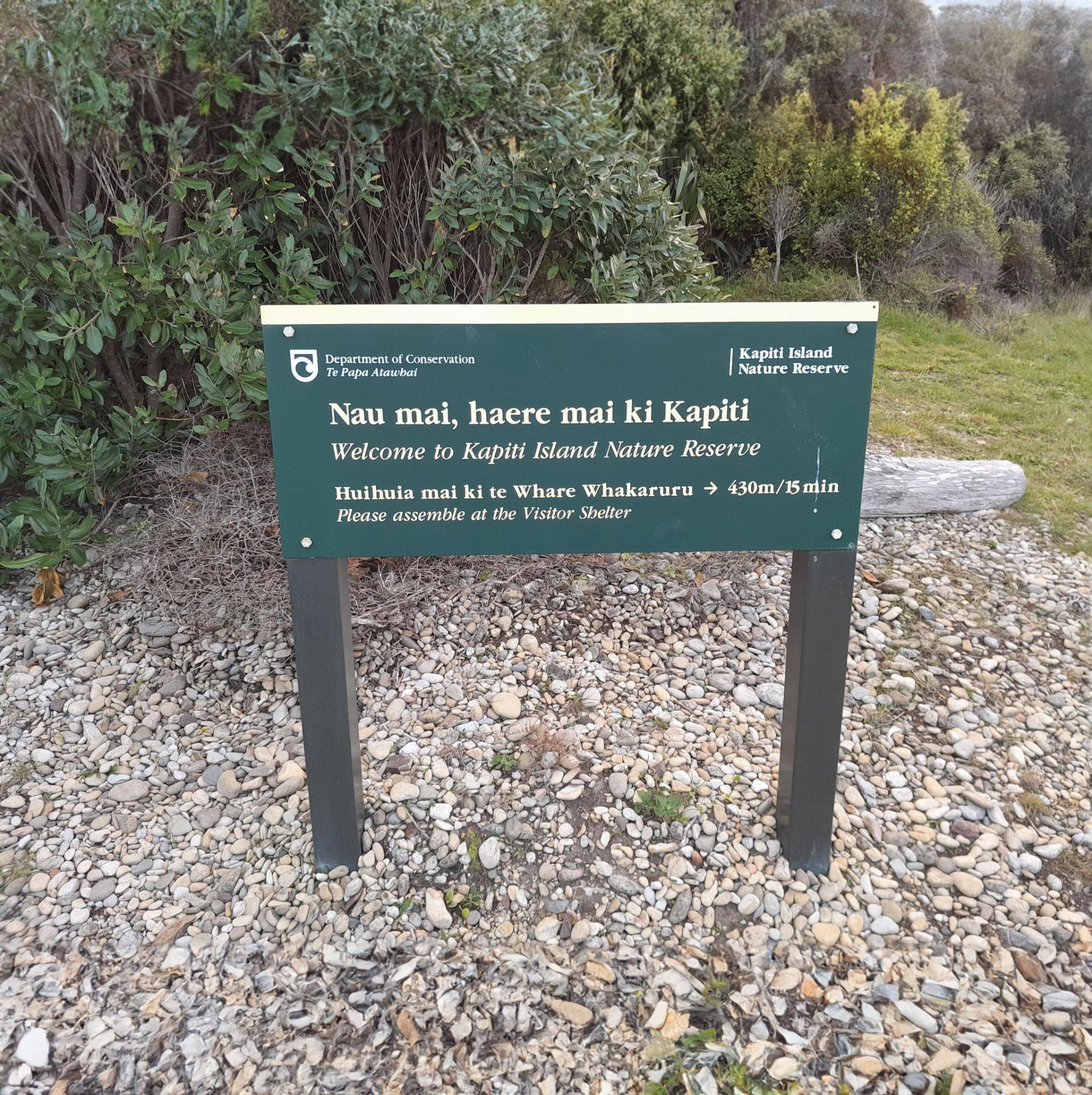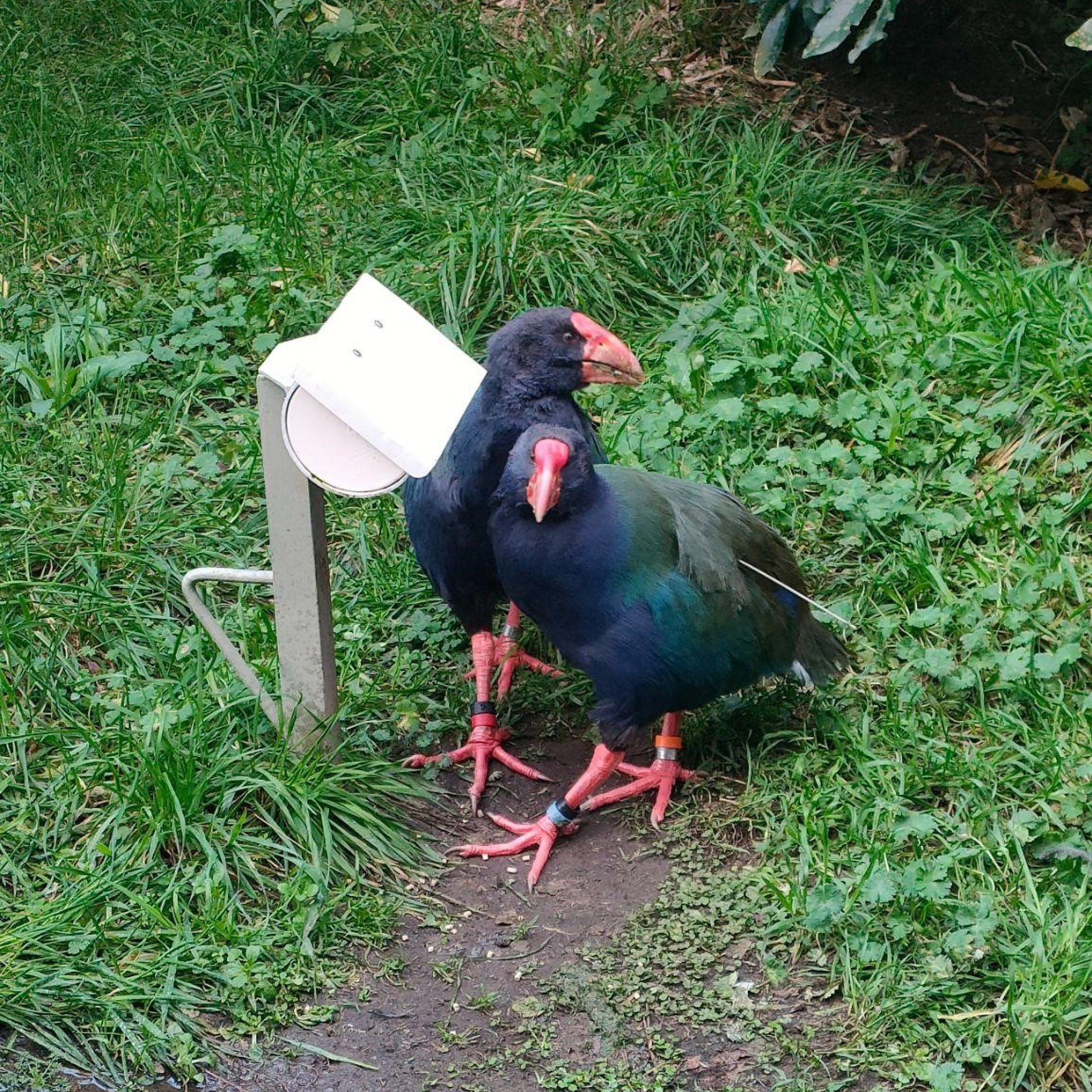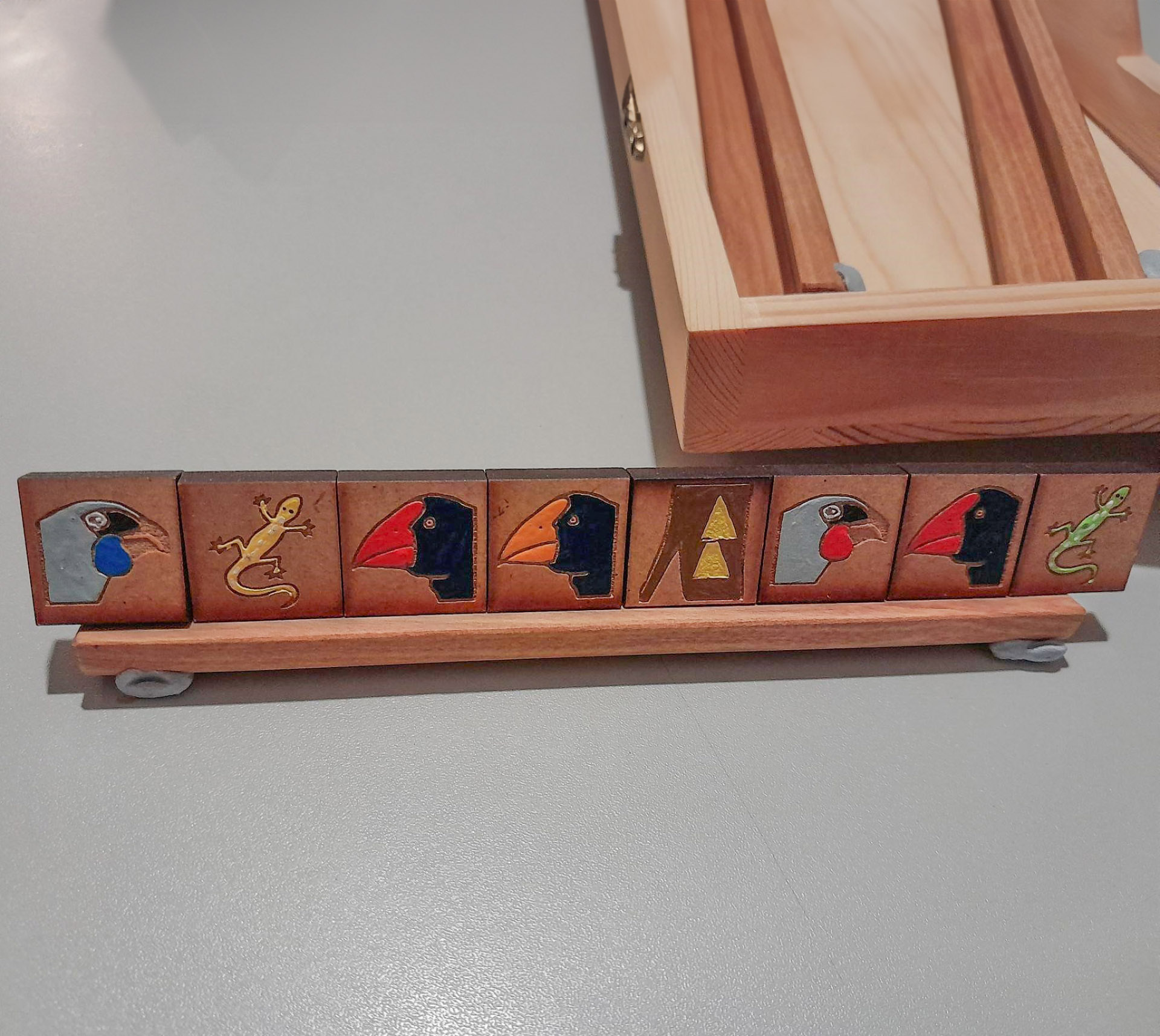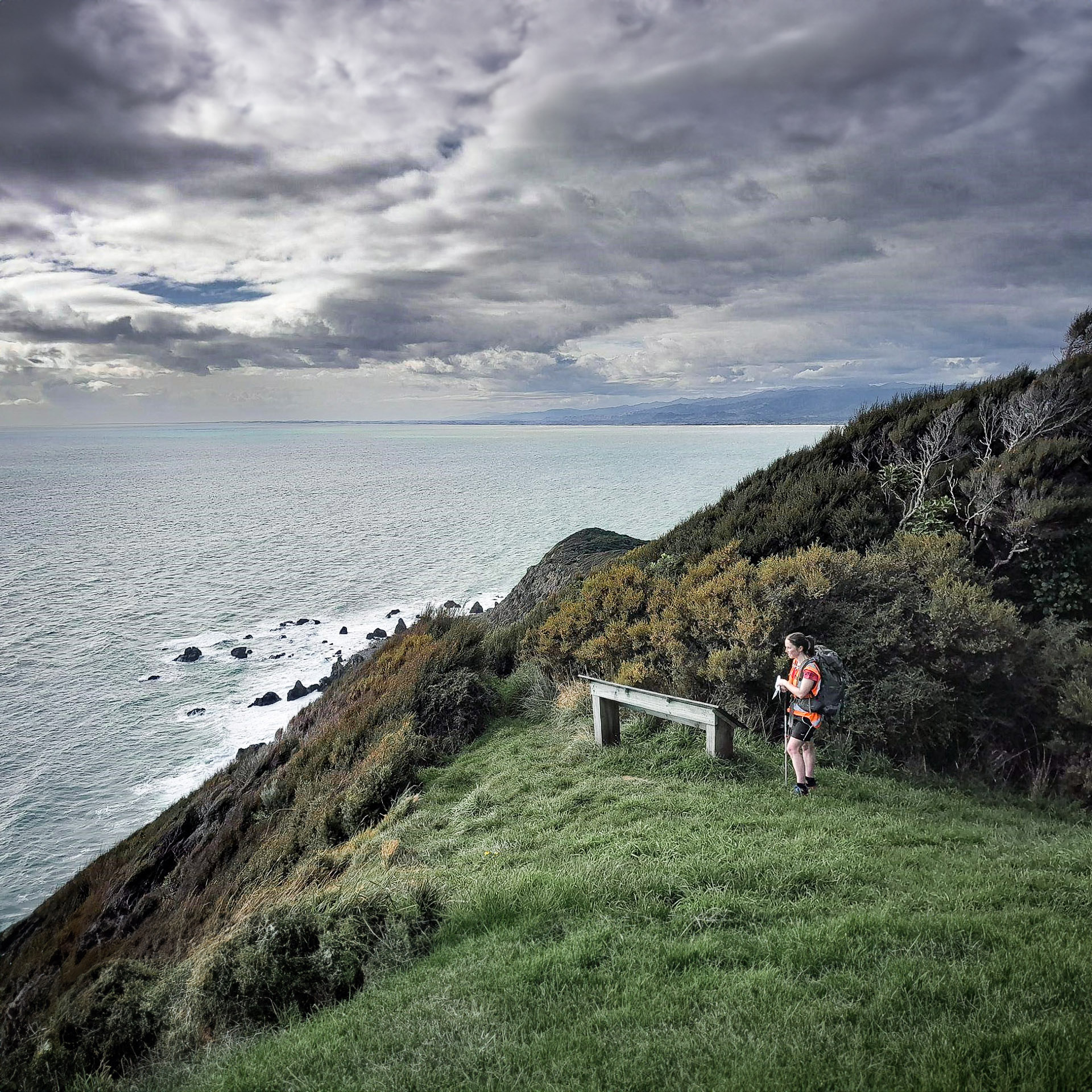Volunteering on Kapiti Island

On Friday at 8am I was waiting with Anne, Jamie and nine other volunteers to jump in the boat and head across to Kapiti Island to volunteer for three days doing trapline work on the island.
On arrival we headed straight to the biosecurity room to go through all our gear and check we were not bringing any unwanted hitch-hikers to the Island. Our boots and packs all had to be cleaned thoroughly before we left the mainland. Kapiti Island is home to some of New Zealand’s most threatened species and the greatest threat to the island is introduced plants, animals, or diseases, that do not occur naturally there. Rodents, insects like Argentine ants, or seeds are the most common ones.
Once the checks were complete, we headed up to the Red House to collect our trapline gear and maps. Jamie, Anne, Emma, and I were based there for the three days which made it easy for us. The other volunteers were staying at other huts around the Island so after picking up their gear they headed off while we had the luxury of just taking day gear.

Our mission was to de-arm a total of 233 DoC 200 and DoC 150 traps and mousetraps that had been armed for a period for monitoring purposes to detect the presence of any unwanted pests. These traps were divided into ten loops which we would cover over the three days.
Jamie and I were paired up as a team and we got straight into it. We were headed up the hill towards the Summit Lookout on our trapline, passing by the hihi feeder. My bag slowly filled up with all the mousetraps we were collecting from the trap boxes as we went. Over lunch we were kept company by a wily weka that turned up right on cue when we opened our bags.
We met Anne and Emma just before the summit so we stopped for a break to take in the views of the South Island and Tararua Ranges back on the mainland. Back at the Red House, Ranger Otis asked if anyone wanted to be chased by birds. I was super keen so he passed me the food to take down to the takahē feed hopper. Never have I ever been chased quite like that by native birdies. They really did chase me all the way down to their hopper.
That night I got introduced to Wingspan. The rules, well, I still have no idea what they were. I had just come off night shift and was too tired to comprehend much of the complex rules of the game so I was just trying to get some cute birds down on my board without any other strategy—much to the amusement of the others who had to keep prompting me when I inadvertently missed one of the rules. I did manage to send one of my birds in for a flying visit to Anne who immediately sent it flying across to Emma.
I think I was relieved when it was time for a break to go on the night walk to look for kiwi and geckos. I thought the geckos were fascinating, and we had to give a seal a wide berth after it had hauled itself a long way inland and was just cruising in the middle of the track.


The next day I was feeding the hungry takahē again by 8am before Jamie and I headed off. This day had a decent bit of climbing. We did over 1,100m elevation which is quite impressive for an island that is just over 500m high. Some of the traplines were steep and at one point we had a bushbash when we lost the trapline for a few minutes before finding out we had only been about 2m off it. We also had a laugh because one trapline junction we went through four times—two of those times were because we realised we had missed a trap and had to retrace our steps to go get it. We heard a lot of tīeke and kākā this day with visits from friendly pīwakawaka, korimako and kōkako. I reckon the tīeke were just having a laugh at us having to go through that same trapline junction so many times. We got back just before 5pm which meant the takahē were waiting a bit later to be fed. I had to bang the lid of the hopper to call them in for feeding time. Feeding time is also a good chance to see the birds and check they have no visible health issues.
This was probably my favourite day as we really delved into the heart of the island and went through some beautiful bush that was accompanied by so much noise from the resident birds.

That night we played a warm-up game of Kapiti Island Ono before getting back into Wingspan. The Kapiti Island Ono had been created by a previous volunteer and its cute tiles consisted of takahē, kōkako, bird feeders, the map of the island, trapline markers and geckos. It was a lot easier to understand the rules of this one!
On Sunday Jamie and I headed out to the most northern part of the Island to complete the traps around the coast. The wind was up so we got fairly pummeled by it at times but we enjoyed watching the waves crash around the Island. We also had the opportunity to visit Okupe Lagoon that was formed as a result of an earthquake and was busy with several birds, everything from white-faced herons, shags, royal spoonbills, and different species of ducks. I learnt that black shags can dive up to a depth of 12m, and the white-faced heron will spread its wings to create a shadow into which small fish will dart for shelter.


The coast was home to several seals including one juvenile that seemed to be happily waving its flippers at us and kept popping up in the water in front of us as we wandered around the coast.
All in all, it was a very enjoyable and productive three days. I would certainly recommend getting involved in volunteer work on Kapiti Island—it’s certainly a magical place and what we can aspire to for the rest of NZ with hard work and sustained predator eradication.

